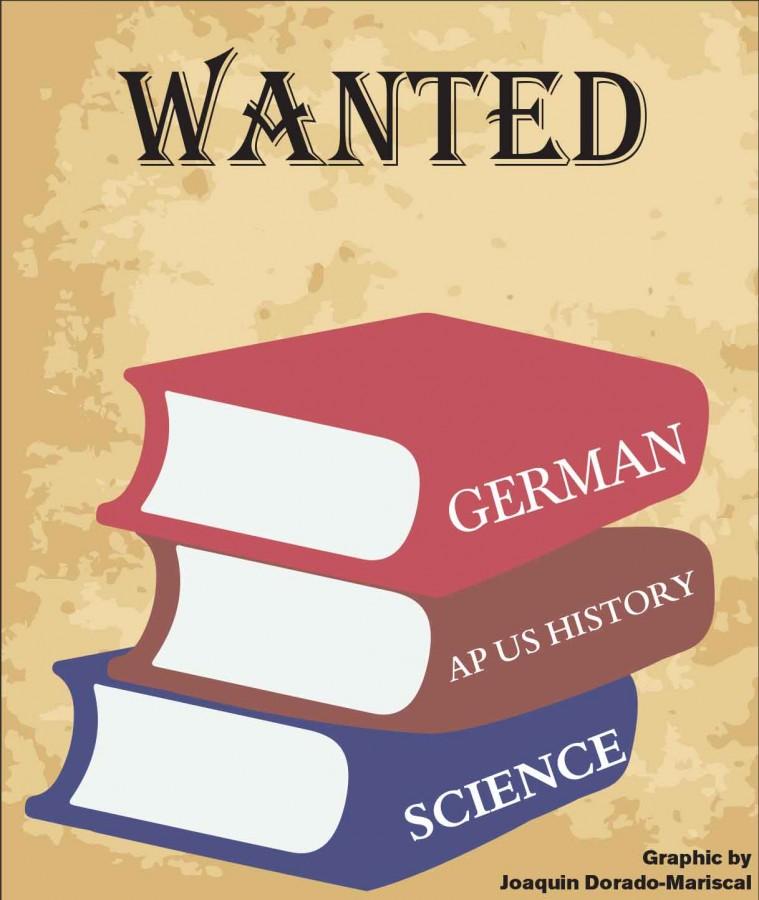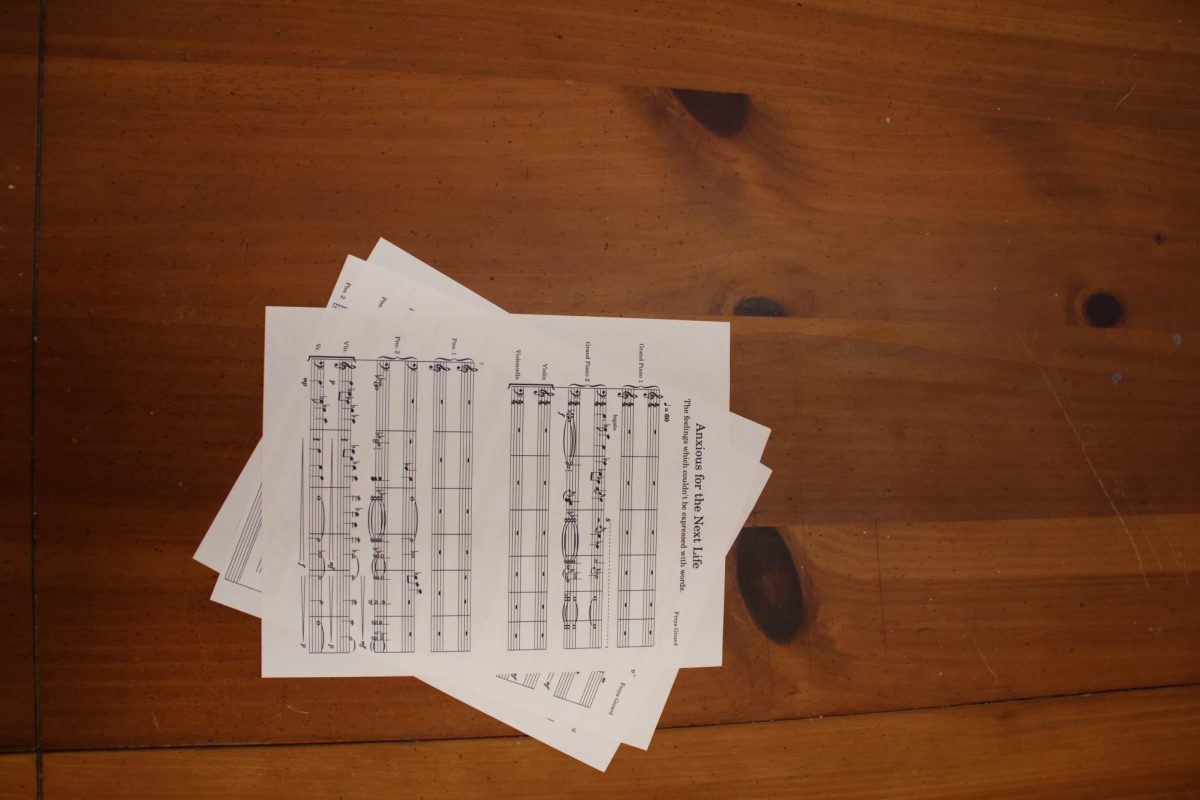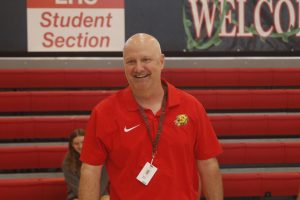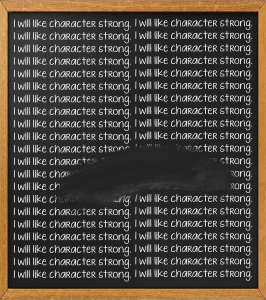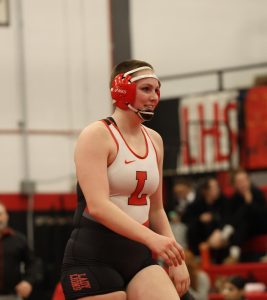Textbook shortage frustrates
Technology-based switch proves problematic
October 5, 2015
Three of my classes began the year short on books. No more German 3 books from 1992 and a delay on AP textbooks.
Students are seeing a mass switch to online text reliance as USD 497 transitions into more technology-based blended learning. The switch itself has had misstep after misstep, making a change that students were already reluctant to make even more problematic.
From broken logins to broken internet connections, teachers and students have seen a multitude of problems with the rollout of the two-to-one system with textbooks, meaning that some classes are supplied with textbooks for only half of their students.
AP U.S. History teachers were issued 13 textbooks each, after being promised a two-to-one ratio of students to textbooks. Online textbooks were to be used by other students.
The district has stated that they will rectify the shortage of books, which was supposed to allow half of the students books, but some teachers are still unsure when those books will be issued. All that’s known with the new APUSH books is that the district has placed a “rush order” on more of them.
I was unfortunate enough to have a login for the book that didn’t work and was issued a book a few days before the chapter one quiz so I could cram the notes into two nights after work.
German three and four had our books taken away, which is a problem considering that our teacher, Arne Scholz is in his first year teaching German in America. Having a textbook provides a curriculum that classrooms can follow.
Former German teacher Natalie Aaron had tried to convince the district to buy the program new books but even the resources we had last year are gone. Now the program only has books from the early 1990s — that my dad used during his German classes at LHS — for levels one and two. Meanwhile, the three and four classes don’t have any textbooks.
AP Environmental Science was given books, but in Lisa Ball’s third hour section of APES, only three books were left after being passed out to first hour in the second week of school. The rest of her students received books on Sept 14, after Ball had given printed copied booklets of the textbook through chapter 4.
“We don’t know exactly who to contact because when we email, no one answers the teachers’ emails about that. When we directly contact the book people they don’t answer teachers’ emails so we don’t know the status. We’re just waiting and copying,” Ball said. “Spending our lunches copying and wasting trees.”
Even if we had books, having an online textbook isn’t the optimal learning technique for everyone. I like to be able to look down at my book and my notes side by side, which is hard when my device at home is a laptop.
Having a one-to-one system, which the district is approaching, is in the favor of teachers like Ball.
“We need books for every kid or we need a device for every kid,” she said.
Having online texts is a nice option but I don’t think it should be the only option for students, especially students in my class and older. A lot of us haven’t had any experience with blended learning and my conversations with peers have shown that less than half of them prefer online textbooks to physical ones. So, providing books for less than half of the kids in these junior and senior level classes is insufficient.



